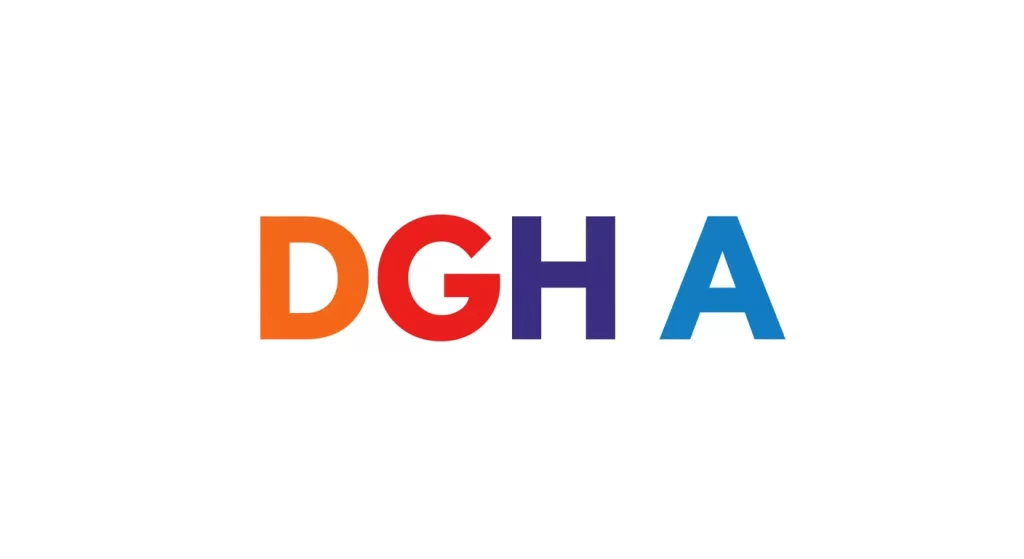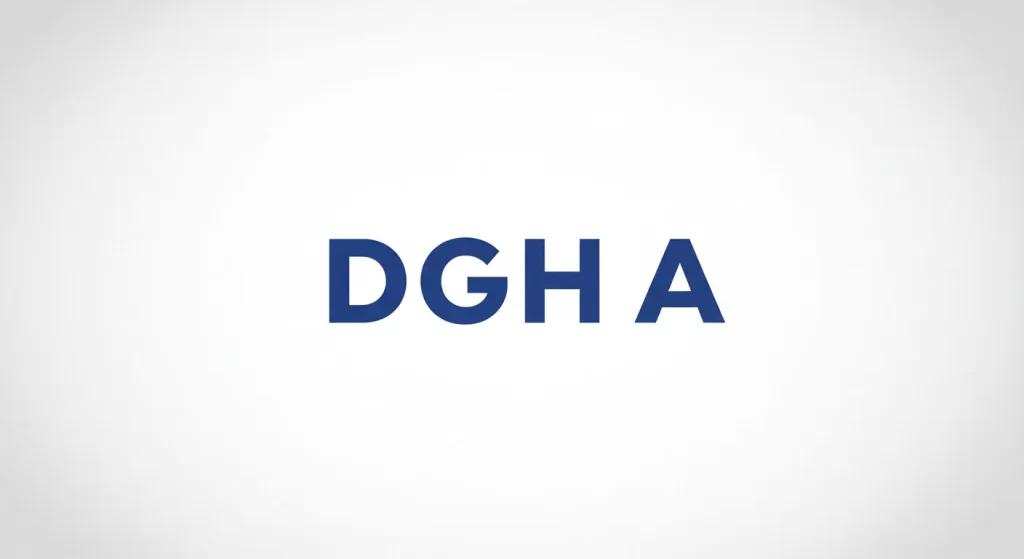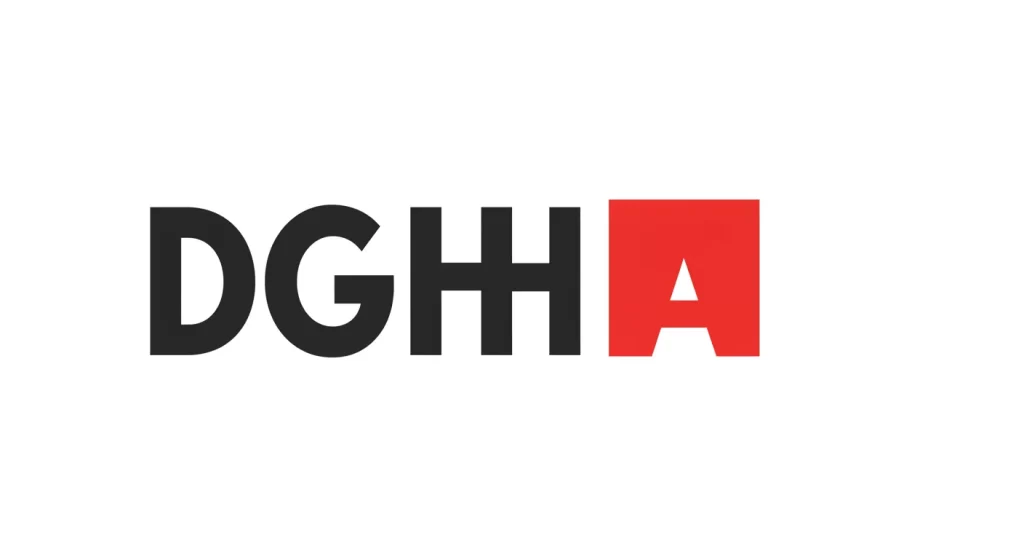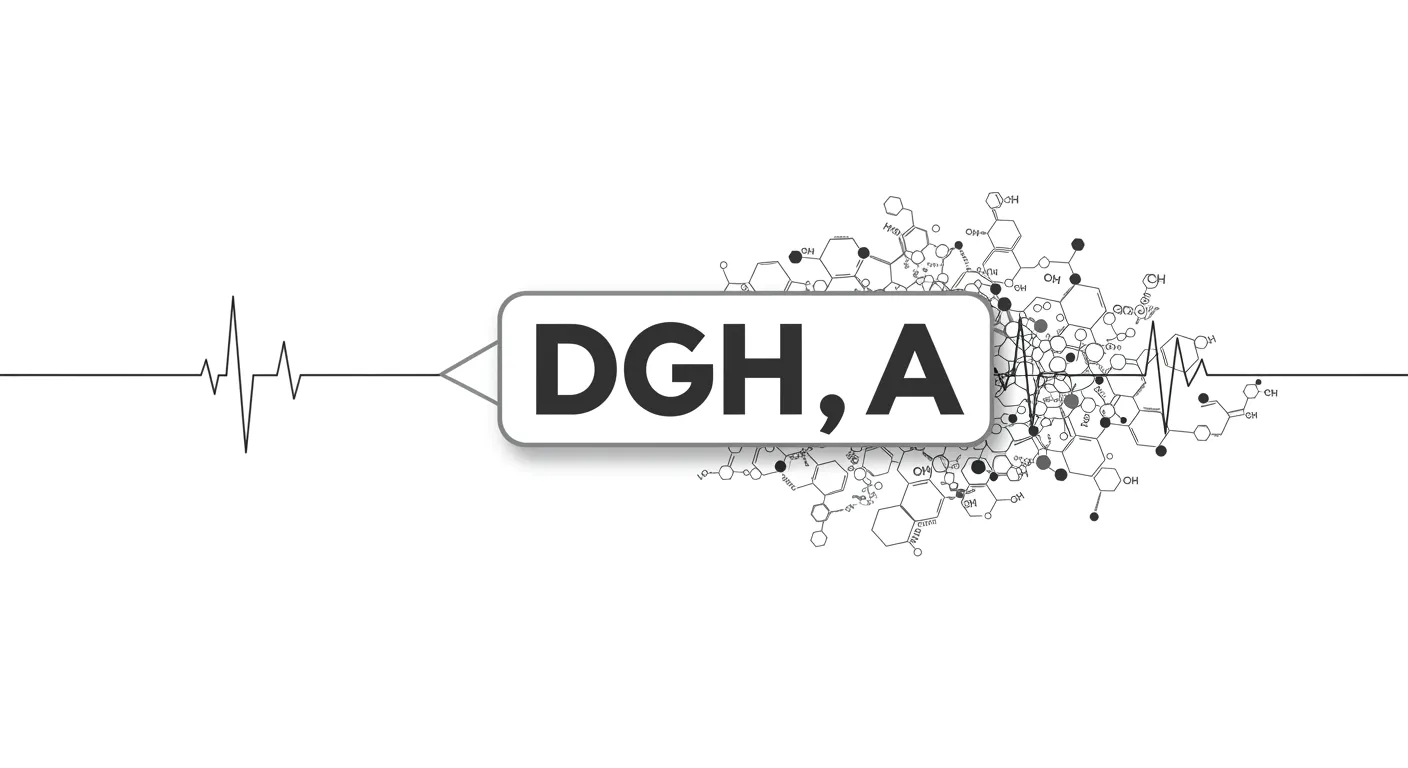Table of Contents
Have you ever come across the term “dgh a” and wondered what it really means? In today’s fast-paced world, acronyms like dgh a pop up in various fields, leaving many scratching their heads. This article dives deep into its potential meanings and practical uses, helping you make sense of it whether you’re in healthcare, business, or just curious about emerging terms.
What Sparks Interest in Such Terms
People often stumble upon acronyms during research or work. For instance, someone browsing medical equipment might encounter dgh a in product specs, sparking questions about its role.
This curiosity drives deeper exploration. Understanding context helps avoid confusion and unlocks new insights.
Origins in the Medical World

In ophthalmology, dgh a refers to a specific device known as the DGH 6000 A-Scan, also called Scanmate A. This tool measures eye dimensions accurately for procedures like cataract surgery.
Clinics use it daily for its precision. One example is how it delivers axial length readings with a mean absolute error under 0.12 mm from clinical trials involving 200 paired measurements.
Precision and Reliability Features
The device’s repeatability stands at ±0.03 mm standard deviation in immersion mode. Its resolution reaches 0.01 mm, ensuring precise results for axial length, anterior chamber depth, and lens thickness.
Measurements happen in fractions of a second. This speed aids busy practitioners in making quick, informed decisions.
Speeding Up Eye Exams
In contact mode, it captures up to 30 measurements per second. Surveys from five US clinics in 2023 showed a 20% average reduction in exam time.
One clinic even cut pre-op measurement time by 25%. This freed up a technician entirely, saving eight hours weekly.
Range of Measurements Covered
Axial length ranges from 15.0 mm to 40.0 mm. Anterior chamber depth covers 2.0 mm to 6.0 mm.
Lens thickness spans 2.0 mm to 7.5 mm. These specs suit various eye conditions.
Technical Specs of the Probe
The transducer measures 55.7 mm in length and 6.6 mm in diameter. It operates at a 10.0 MHz nominal frequency.
The acoustic beam focuses at 23.0 mm nominally. Such details ensure consistent performance in clinical settings.
Handling Different Eye Conditions
It supports aphakic, normal, cataract, dense cataract, and pseudophakic eyes. Materials like silicone, PMMA, acrylic are compatible.
Normal/silicone oil vitreous types work too. This versatility makes it a go-to for diverse patients.
Formulas for Lens Calculations
Modern IOL formulas include SRK/T, Hoffer Q, Holladay 1, and Haigis. Older ones like SRK II and Binkhorst II are available.
Post-refractive options cover Double K (SRK/T), history-derived, clinically derived (Shammas), refraction-derived, and contact lens methods. These help tailor treatments.
Portability for On-the-Go Use
Its compact size is 5.75 inches by 3.5 inches. USB-powered, it connects to laptops or tablets easily.
Accessories like a probe mount, cord wrap, and carrying case enhance mobility. Ideal for traveling clinicians.
Integrating with Other Systems
Patient records are searchable and EMR/EHR compatible. It pairs seamlessly with the DGH 8000 B-Scan.
Syncing via proprietary API auto-uploads data and generates reports. A firmware patch reduced data entry errors from 4% to near zero in one institute.
Software Perks and Hidden Gems
Unrestricted licensing allows multi-workstation installs, networked or independent. Audible feedback aids probe alignment and detects corneal compression.
A grading algorithm ranks alignment with stars. Hidden menus, unlocked by key combos, adjust thresholds for B-Scan overlays, boosting contrast-to-noise by 15% in dim ORs.
Financial Side of Owning One

The MSRP sits around $4,500. Annual maintenance costs about $1,200, leading to a five-year total ownership cost of $10,500.
Productivity gains often recoup costs in under two years. One clinic did so in 22 months.
Keeping It Running Smoothly
OEM service is $1,200 yearly. Third-party probe recalibration costs around $650.
Neglecting updates can be costly—one clinic lost $12,000 in operating time. Accessories like Premium Prager Shell kits run $250 each.
Pricing Shifts and Future Options
Prices may rise 5% after June 2025. Rumors suggest a $99/month subscription model soon.
Reimbursement via CPT code 76514 might increase by 10% with revisions. US buyers get discounts, refunds within 30 days, trade-ins, extended warranties, and financing like 24-84 month loans.
Another Angle in Business Operations
Shifting gears, dgh a can mean Data Governance Hub Architecture in business. It promotes structured data management, defining access and integrating sources while ensuring compliance with GDPR or HIPAA.
This framework streamlines processes. It leads to cost savings and better decisions.
Benefits for Everyday Efficiency
Enhanced efficiency and optimized resources top the list. Real-time data access improves decision-making.
Teams collaborate better. Customer satisfaction rises as a result.
Real-World Success Examples
A mid-sized retail company cut inventory waste by 30% with better management. A tech startup saw higher repeat business from faster, personalized support.
A hospital optimized patient flow. This shortened wait times and allocated resources smarter.
Looking Ahead in Data Trends
Integration with AI and machine learning is coming. Cloud solutions boost accessibility.
Sustainability practices gain focus. Real-time analytics aid competitive edges.
Related Tools in Eye Health
DGH pachymeters measure corneal thickness for glaucoma patients. They take 25 readings in seconds, providing mean and standard deviation instantly.
One user reported five years of issue-free use. They help diagnose keratoconus, corneal edema, and distinguish ocular hypertension from glaucoma.
Theories on Emerging Meanings
Sometimes dgh a remains undefined, gaining buzz in blogs and forums. It might stand for Digital Gateway Hub Alpha, a central digital access point.
Other ideas include Development Grade Hardware A-Level for top-tier tech. Or Departmental Group Heading A for institutional categories.
Guidance for Interpreting in Context

Consider the industry when encountering dgh a. In medicine, check device specs; in business, think data frameworks.
Ask for clarification if unsure. This prevents mix-ups and enhances understanding.
Dgh A Meaning and Uses in Broader Contexts
Exploring dgh a meaning and uses reveals its versatility. From eye scans to data hubs, it adapts across fields.
Always verify sources. This ensures accurate application.
Wrapping Up the Exploration
In summary, dgh a spans medical devices like the DGH 6000 A-Scan with its accuracy and portability, to business architectures boosting efficiency, and even mysterious tech theories. Whether measuring eyes or governing data, it offers valuable tools.
Next time you see dgh a, think context— it could transform your approach. Dive deeper into specifics for your needs, and share what you find with others seeking clarity.
FAQs
How accurate is the DGH 6000 A-Scan?
It offers ±0.03 mm repeatability and 0.01 mm resolution, ensuring highly precise eye measurements.
Is the DGH 6000 A-Scan portable?
Yes, it’s compact (5.75 x 3.5 inches), USB-powered, and easy to carry for mobile or clinic use.
What benefits does “dgh a” bring to companies?
It improves data efficiency, ensures compliance (like GDPR/HIPAA), reduces costs, and supports better decision-making.

